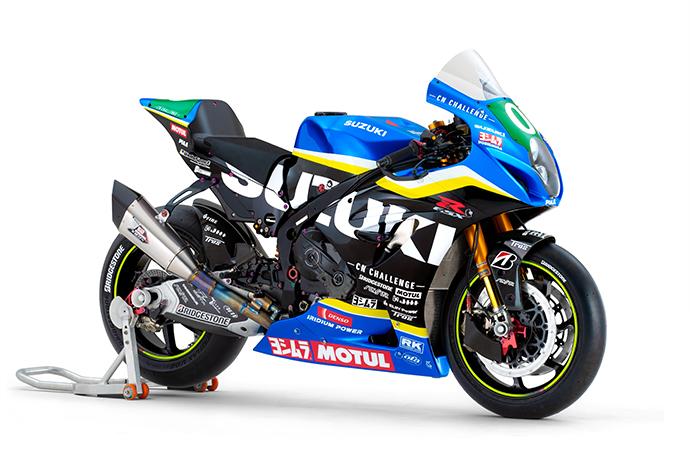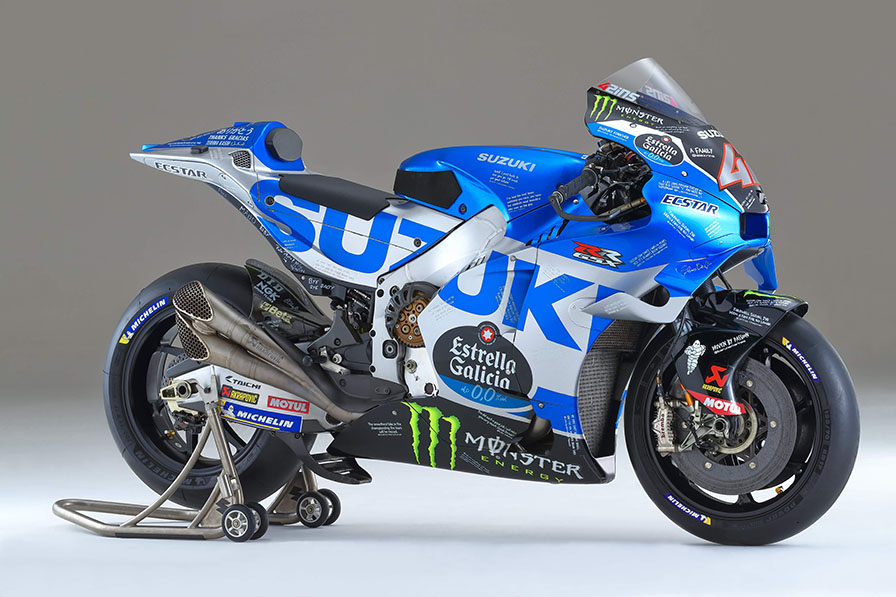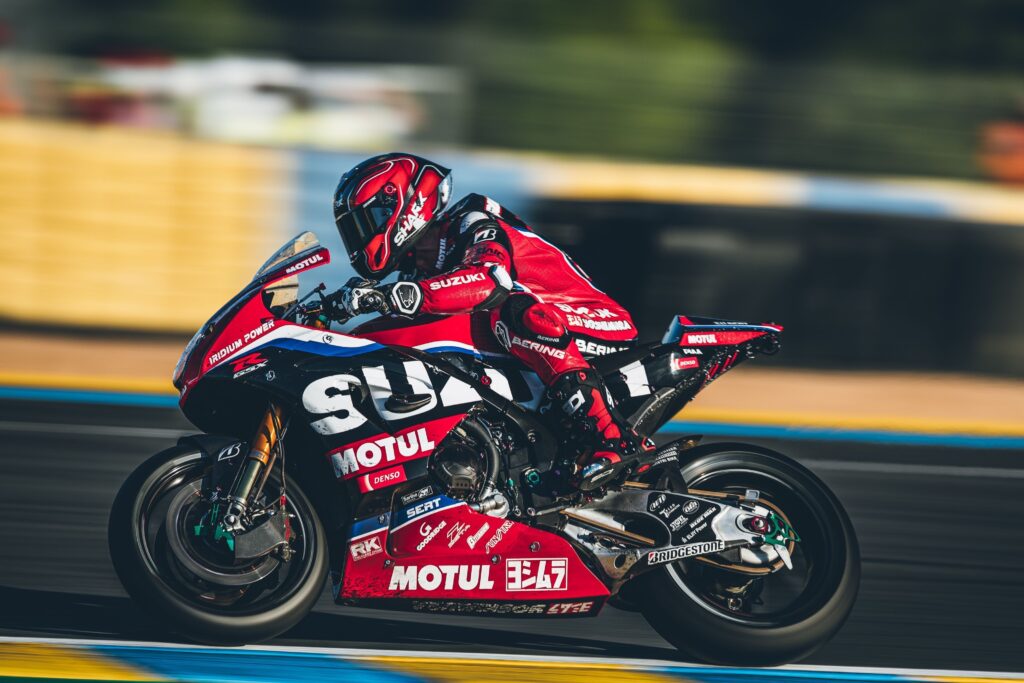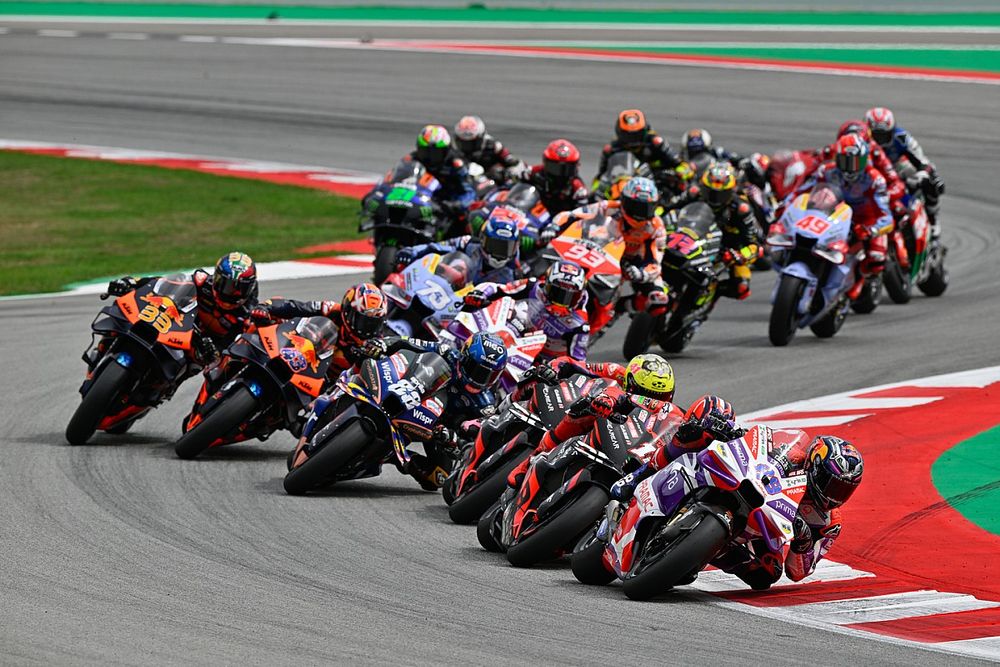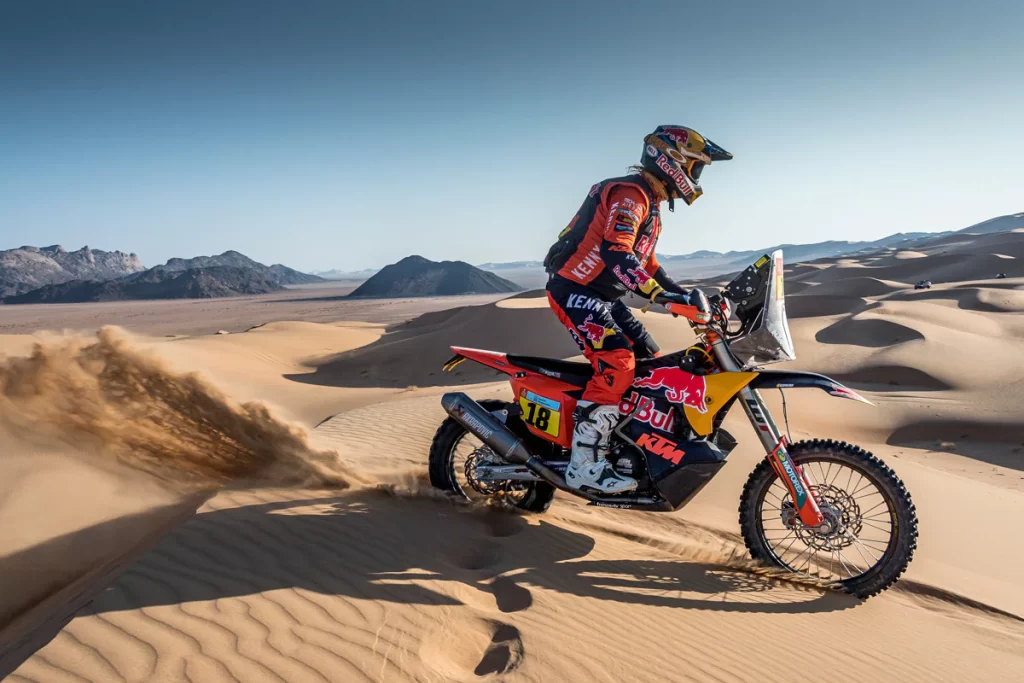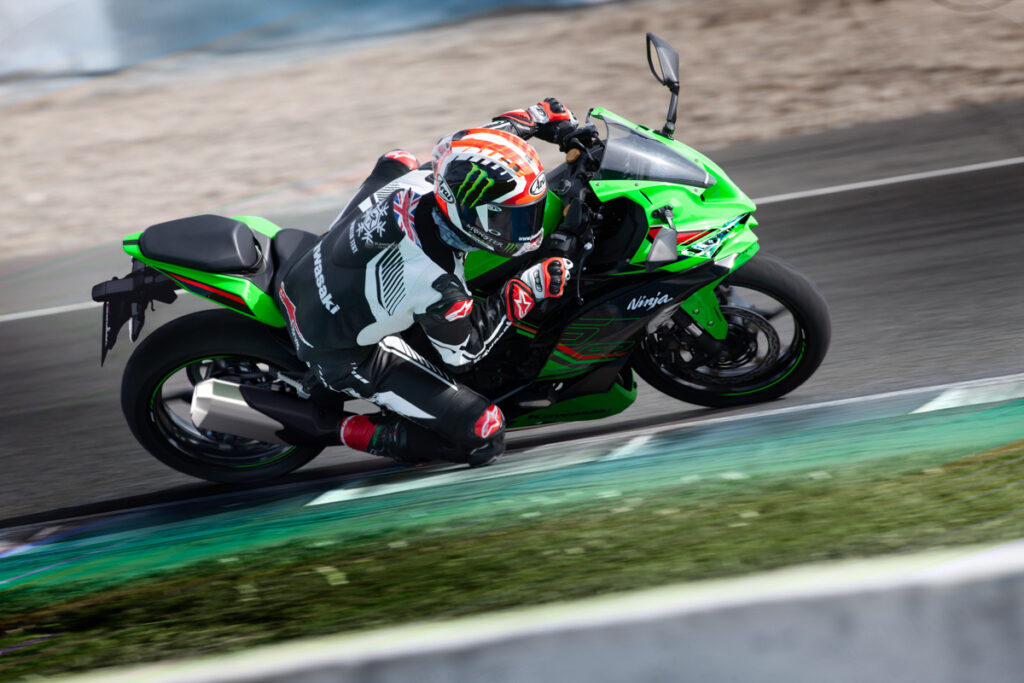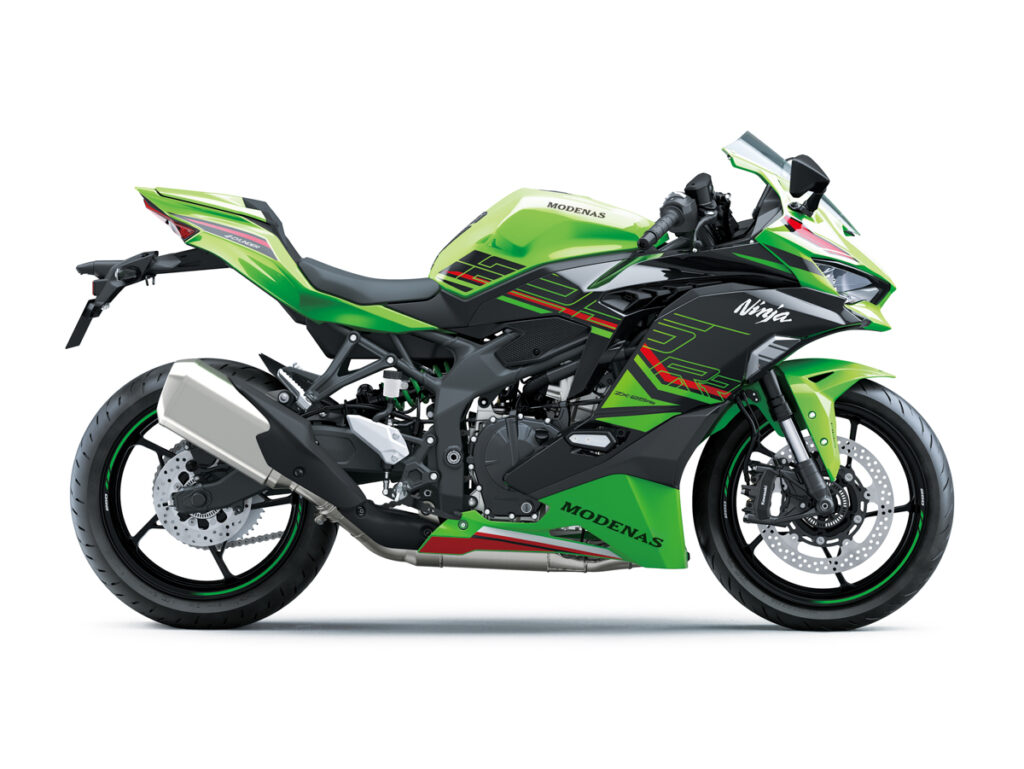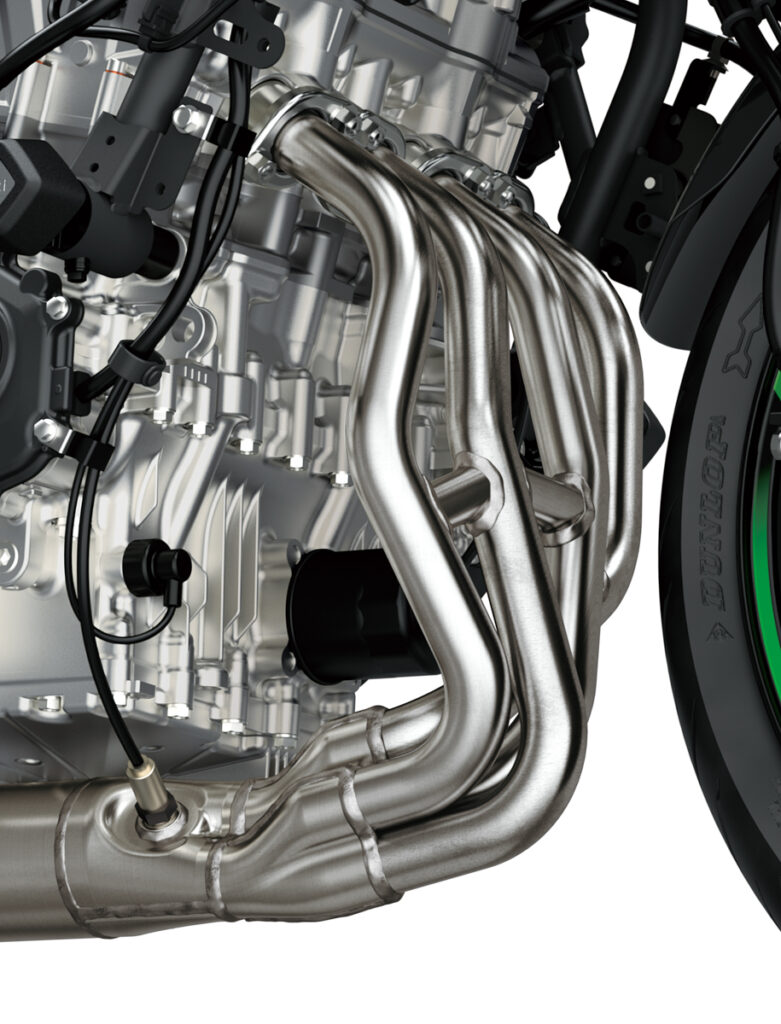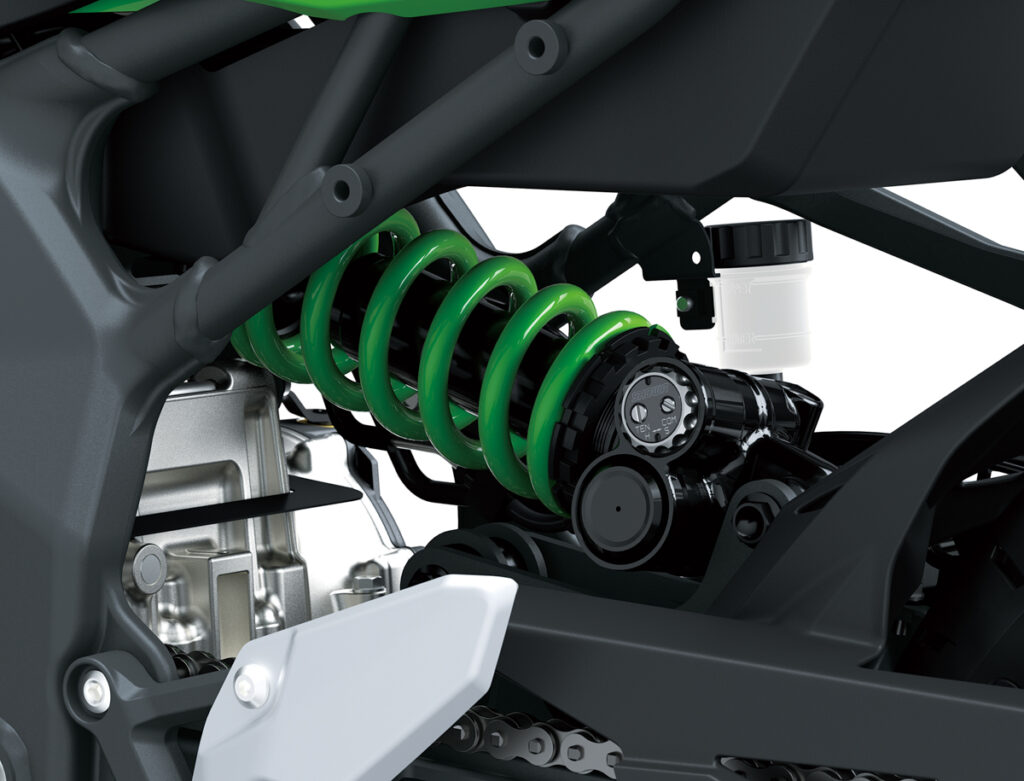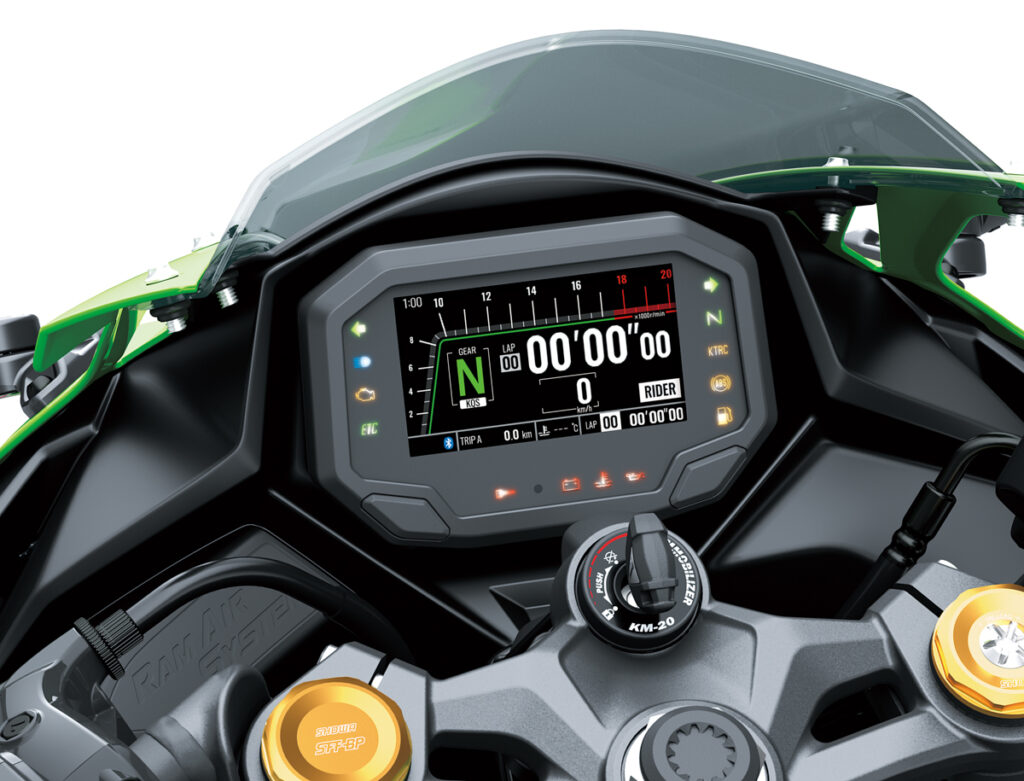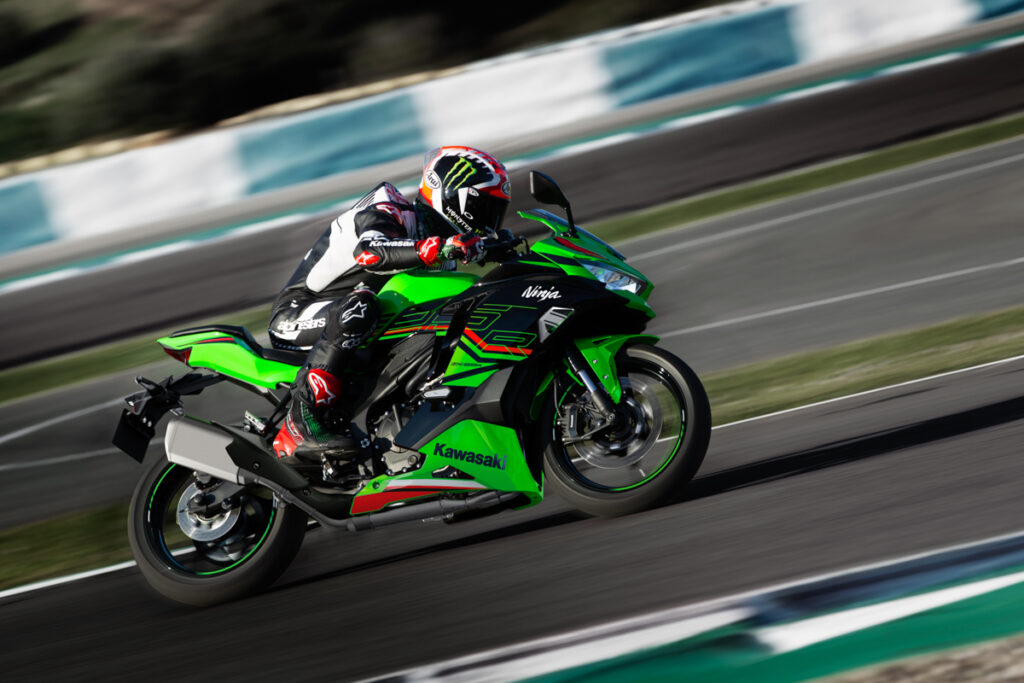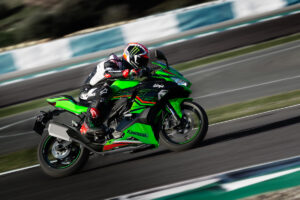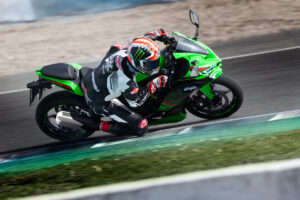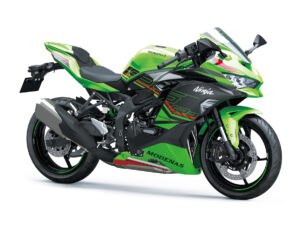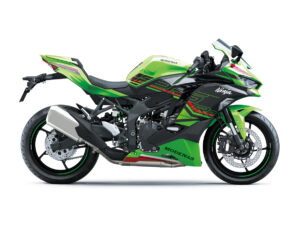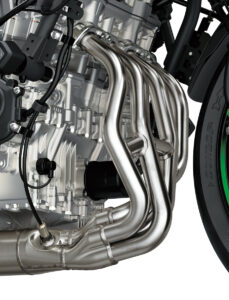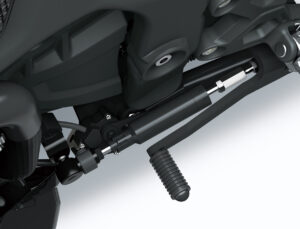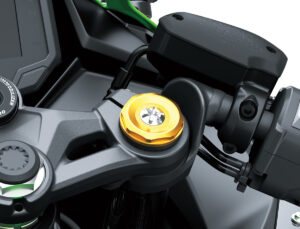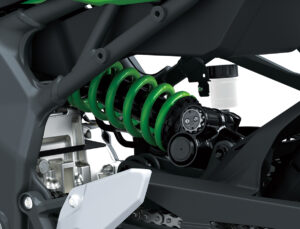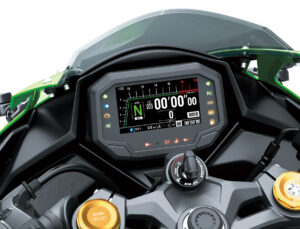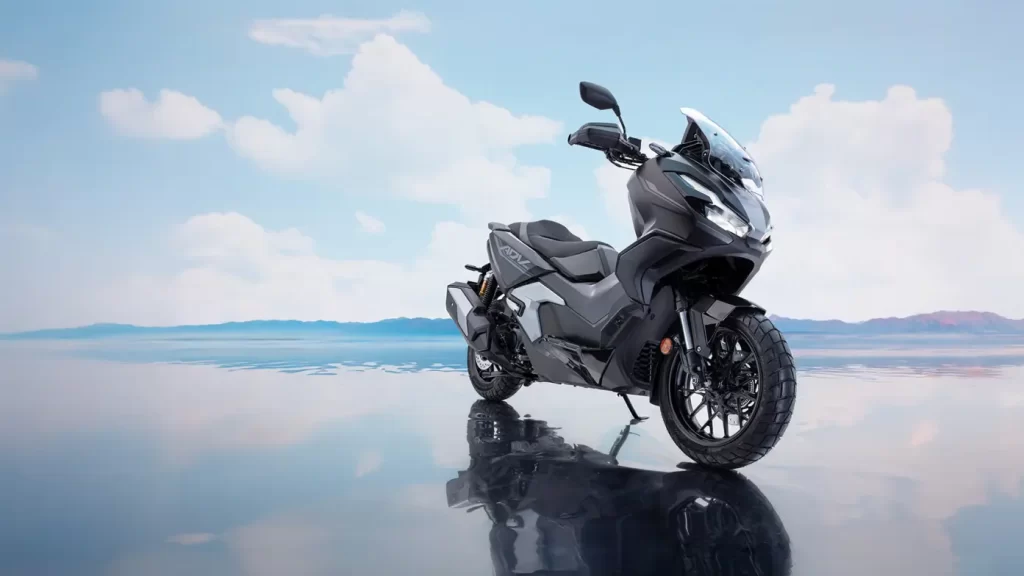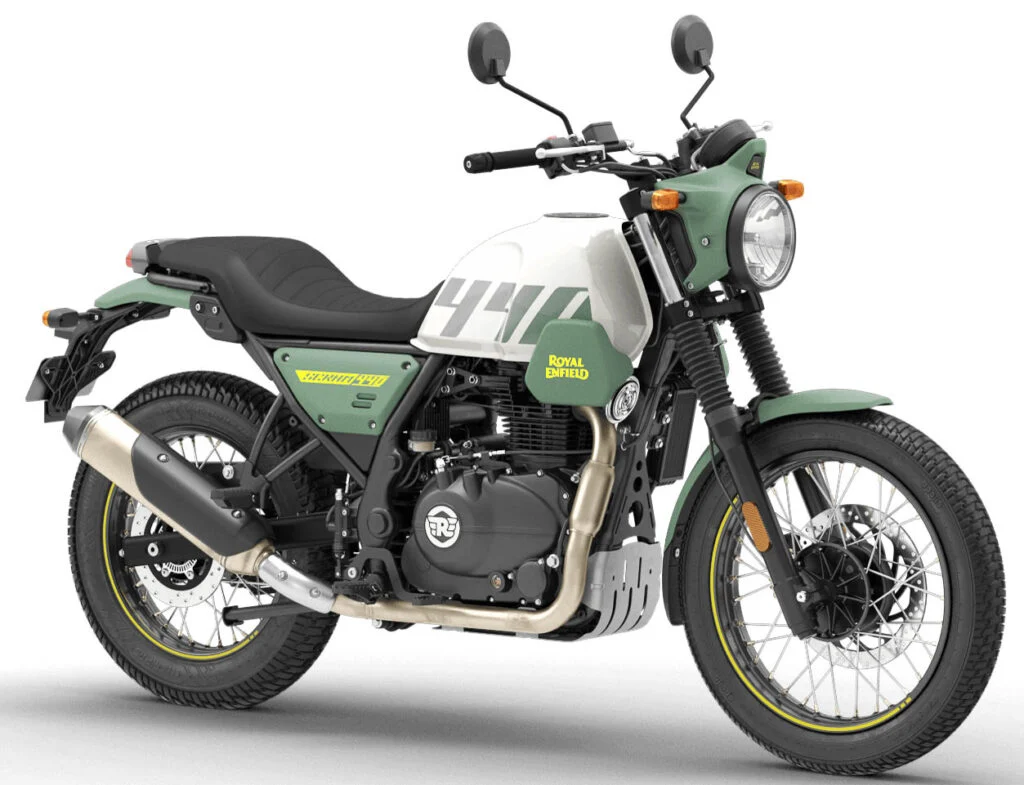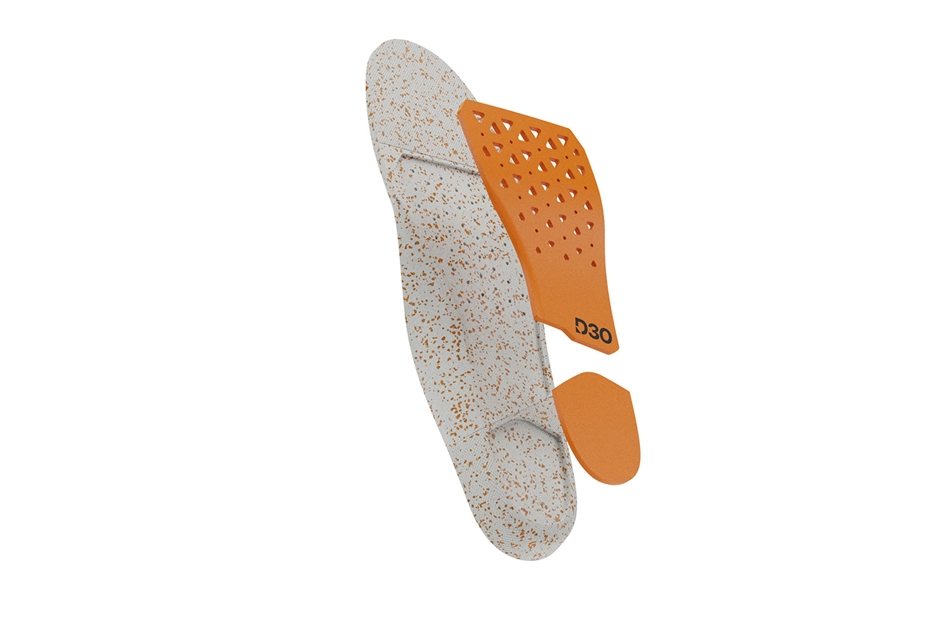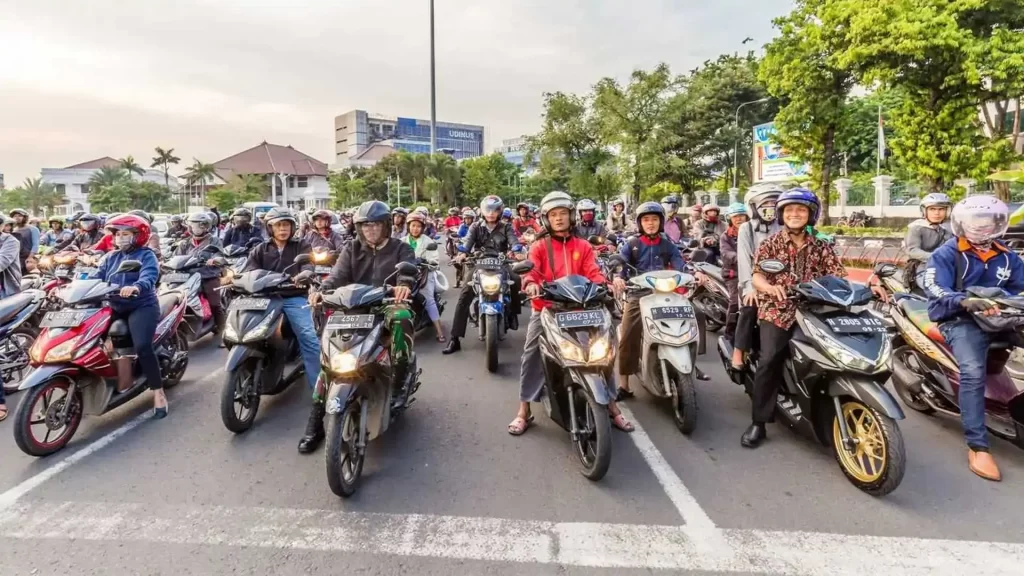Suzuki returns to the Suzuka 8 Hour endurance race, albeit with a difference. The Japanese manufacturer had announced their departure from the sport but has decided to participate in the prestigious race using sustainable fuel for their GSX-R1000.
The Suzuka 8 Hour is part of the FIM Endurance World Championship calendar, and features an Experimental Class within the race. This category is meant for motorcycles that do not conform to engineering norms. However, the Suzuki GSX-R1000 for the race does conform to norms but will use a fuel that is only partly of non-fossil origin.
Instead, the factory will use the Elf Moto R40 FIM, which consists of 40% bio-sourced fuel. Interestingly, the Suzuki MotoGP team had begun using the fuel during their last season in the championship in 2022, as stipulated by FIM and Dorna for the class.
The fuel may does not seem to cause any drop in performance as demonstrated in the first 2024 MotoGP race in Qatar, where some bikes were 14 seconds faster than those in 2023.
Suzuki has not confirmed their rider lineup, as yet. Their long-time endurance championship winning rider, Sylvain Guintoli has since signed with the BMW Motorrad Motorsport WorldSBK team as a test rider.
Suzuki will enter the race under the Team Suzuki CN Challenge banner, also a departure from their long-time Yoshimura SERT Motul Suzuki partner. However, Yoshimura Japan will continue to be the factory’s technical partner and seeks to use the platform to develop sustainable technologies in areas such as the muffler, tyres, oil, fairings, and brakes.
The 2024 Suzuka 8 Hours is scheduled for 19 July 2024.



